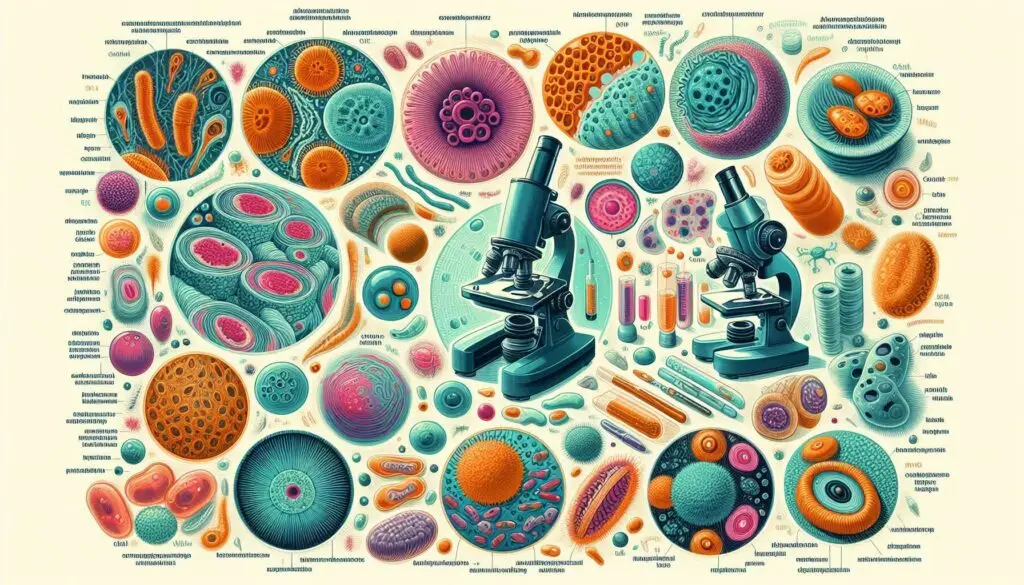Infections in Animals: Air, Water, and Food

Introduction
Air, water, and foodborne infections pose significant threats to animal health. Understanding these infections is crucial for effective prevention and control. This article will explore the epidemiological features of these infections in animals, focusing on their transmission routes, common pathogens, risk factors, impacts, and prevention strategies.
Transmission Routes of Infections
Airborne Infections
Airborne infections in animals often occur through inhalation. Pathogens can spread via aerosols or dust particles. For example, respiratory diseases like avian influenza and Newcastle disease can spread rapidly among birds.
Waterborne Infections
Waterborne infections arise when animals ingest contaminated water. Contaminated water sources may harbor pathogens such as Leptospira and Giardia. These pathogens can cause serious gastrointestinal and systemic diseases in animals.
Foodborne Infections
Foodborne infections occur when animals consume contaminated food. Pathogens like Salmonella and E. coli are common culprits. These bacteria can reside in the intestines of healthy animals and contaminate meat and dairy products during processing.
Common Pathogens Affecting Animals
Bacterial Pathogens
Bacterial infections are a major concern in animal populations. Some common bacterial pathogens include:
- Salmonella: Often found in poultry and cattle, it can cause severe gastrointestinal illness.
- Campylobacter: Common in poultry, this bacterium can lead to diarrhea and fever.
- E. coli: Certain strains can cause severe illness and are often linked to undercooked meat.
Viral Pathogens
Viral infections can also spread through air, water, and food. Notable viral pathogens include:
- Norovirus: This virus can infect animals and lead to gastrointestinal issues.
- Rotavirus: Common in young animals, it can cause severe diarrhea.
Parasitic Pathogens
Parasitic infections can occur through contaminated food or water. Key parasitic pathogens include:
- Cryptosporidium: This protozoan can infect a variety of animals and cause gastrointestinal issues.
- Giardia: Often found in contaminated water, it can lead to diarrhea and weight loss.
Risk Factors for Infections
Several risk factors contribute to the spread of air, water, and foodborne infections in animals. Understanding these factors can help in developing effective prevention strategies.
Environmental Factors
Environmental conditions can significantly influence pathogen survival and transmission. For instance, heavy rainfall can contaminate water sources, while high humidity can facilitate airborne transmission.
Animal Husbandry Practices
Poor animal husbandry practices can increase the risk of infections. Overcrowding, inadequate sanitation, and improper feeding practices can create an environment conducive to pathogen spread.
Antibiotic Resistance
The use of antibiotics in livestock can lead to antibiotic-resistant bacteria. These resistant strains can spread through food and water, complicating treatment options for both animals and humans.
Impacts of Infections on Animal Health
Air, water, and foodborne infections can have severe consequences for animal health. Some of the impacts include:
Morbidity and Mortality
Infections can lead to high rates of illness and death in affected animal populations. For example, outbreaks of Salmonella can result in significant mortality in poultry flocks.
Economic Losses
Infected animals often experience reduced productivity. Farmers may face financial losses due to decreased milk production, weight gain, or egg production. Additionally, outbreaks can lead to trade restrictions and increased veterinary costs.
Zoonotic Transmission
Many pathogens that infect animals can also infect humans. This zoonotic transmission poses a significant public health risk. For instance, E. coli and Salmonella can be transmitted to humans through contaminated food products.
Prevention and Control Strategies
Preventing air, water, and foodborne infections in animals requires a multi-faceted approach. Here are some effective strategies:
Biosecurity Measures
Implementing biosecurity measures is essential in preventing the spread of infections. This includes controlling access to animal facilities, maintaining cleanliness, and monitoring animal health.
Sanitation Practices
Proper sanitation practices in food production are crucial. Regular cleaning and disinfection of equipment and facilities can help reduce pathogen load.
Monitoring and Surveillance
Regular monitoring of animal health and food safety is vital. Surveillance programs can help identify outbreaks early and implement control measures.
Vaccination
Vaccination can protect animals from specific pathogens. For instance, vaccines for Newcastle disease and avian influenza can significantly reduce the incidence of these infections in poultry.
Improved Water and Food Safety
Ensuring safe water and food sources is critical. Treating water to remove pathogens and following safe food handling practices can significantly reduce infection risks.
Conclusion
Air, water, and foodborne infections in animals present significant challenges to animal health and public safety. Understanding the epidemiological features of these infections is essential for developing effective prevention and control strategies. By implementing robust biosecurity measures, improving sanitation practices, and enhancing monitoring efforts, we can reduce the impact of these infections on animal populations and protect public health.
For more pearls of Vets Wisdom:
https://wiseias.com/partitioning-of-food-energy-within-animals/






Responses